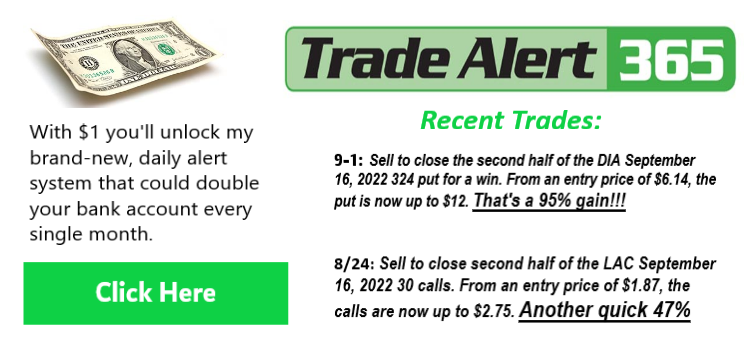by Oliver Velez
The title of this lesson really encompasses many topics. I want to focus on the criteria here that determine your profit-to-loss ratio and share size. While this is not the first step in picking a trade, it is the most important.
Let’s look at the whole process. You are scanning charts for trades. You should be looking for pictures of your favorite strategies. Once you find a picture that matches a strategy in your trading plan, you want to ensure that elements such as futures timing and relative strength are in place before you make the trade. All these topics are important and worthy of discussion. For now, I want to focus first on determining if the trade is worthy based on the trade’s expectancy (the potential gain versus the potential loss) and how to determine share size.

Once you have a trade in mind, the chart can help you determine where the logical stop loss point and the potential target would be. These things come from the chart and are fixed. They cannot be moved about randomly. They are dictated by the rules of your strategy. Therefore, you want to make sure that the ratio of potential profit to potential loss is favorable. It may vary with the strategy, but you want at least a one-to-one ratio or, preferably, a two-to-one. Sometimes you can find much greater ratios.
Let’s take an example. You find a Pristine Buy Set-up (see chart) on a daily chart. You like the picture. Following the rules of the strategy, you would seek to buy over yesterday’s high. Let’s see what the expectancy would be.

The stop would be under yesterday’s low. Lets say yesterday’s bar was not very narrow. The resulting stop may be $2.00. If the stock was not in a Stage 2 uptrend, your target may be limited to a 40 percent retracement from the recent high to the current pull back area. Let’s say that number ends up being $1.50. You would be risking $2.00 to make $1.50 (expectancy 1.5/2 = .75). This is not a good idea unless you had a history of being almost 100 percent successful with this trade.
This is why narrow range days are good on Pristine Buy Set-ups and why Stage 2 uptrends also are good. In a better set up, you may find a target of $3.00, and if the prior day had a range of only $1.00, the stop would be only $1.00. This would be a $1.00 risk for a possible $3.00 reward, based on the chart and the strategy for the stop and target. That is a three-to-one expectancy and a much better ratio.
If you do not like the trade, you may pass. You may not change the target or stop at random just to make the expectancy number work. Many new traders make that mistake. The expectancy is built into the chart.
What is a good expectancy? It may vary depending on your style of trading. It will also vary with the chance of success on a particular play. For example a micro scalper (someone who trades large shares for 10 cent profits) may go with a one-to-one expectancy because he is right 80 percent of the time. Many longer-term traders are successful only 40 percent of the time because the expectancy is three or more to one on long term plays. For example, they go for $12.00 while risking $3.00, for example.
Once you know the expectancy is good, you may decide to enter the trade. In that case, you must decide on the number of shares. Many people play a fixed number of shares. Many vary the size with the price of the stock. These are not good formulas if you want to maximize the chances of making money in the long term. I suggest you decide on the number of shares by keeping the risk the same on each trade. To do this, you need to know your stop loss and the maximum amount of loss you are willing take on a trade. This maximum loss number derives from your Trading Plan. Simply play the number of shares that allow a stop to hit your fixed, predetermined maximum loss amount. If you want to keep any one loss to $300, and the stop loss on this trade is 50 cents, then you need to play 600 shares. A 50-cent loss on 600 shares would be $300. This brings every trade to an equal footing. No trades are riskier except for the stock volatility and the difficulty of getting out at the stop number.
These ideas should be part of every decision to enter a trade. Note that under this method, you cannot even enter a trade until you determine the stop, because you would not even know how many shares to play. Now, once you’ve entered the trade, then you must decide how long to hold it.











Recent Comments